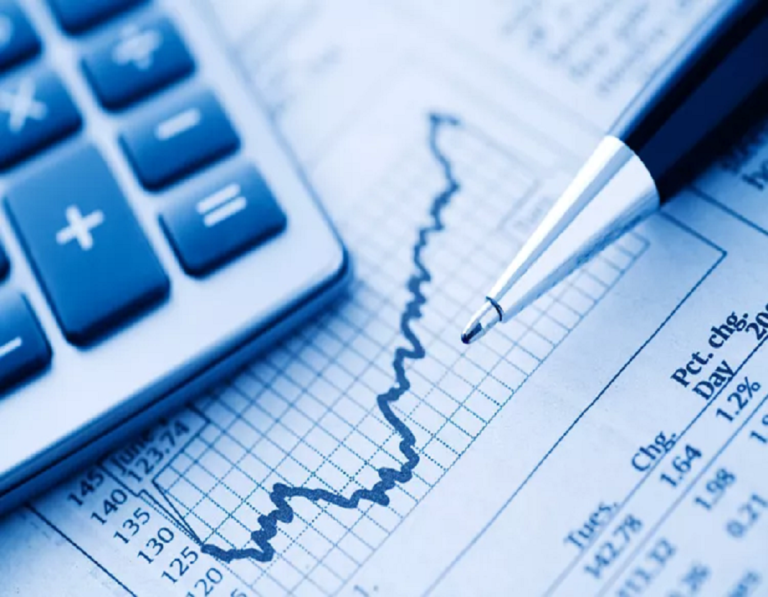We firmly believe that understanding the intrinsic value of a stock is very important, primarily for the long-term investor.
Ricky Kirpalani, Lead Sponsor & Investment Advisor, First Water Capital Fund (AIF)
What is intrinsic and extrinsic value and how do they differ?
Intrinsic value is what a company is inherently worth and should be viewed independently of what the market values it at. Every analyst has their own different set of tools and perception of calculating the actual worth of a company. There is no one size fits all and it is as much an art as it is a science.
Our preference is to look at a number of valuation metrics. One can look at prior M&A (merger and acquisition) transactions in the same industry, adjusting for differences such as size, geography, company-specific data, and leverage amongst others. This is important as it establishes what someone has actually paid for a similar company and includes a premium if the acquirer is buying the majority. However, as time passes, the valuation may become less relevant/outdated.
Another useful tool we use is comparable company analysis. This is when you look at relative trading multiples of other similar listed companies or the industry as a whole and again adjust for differences. Multiples include Price/Earnings, Enterprise value/EBITDA (earnings before interest, tax, depreciation and amortisation) and others. This method provides an easier way to value a company by establishing a rough value based on what other listed business’ multiples are. The logic is that businesses in the same industry should have similar multiples.
The most detailed of the 3 is by modeling a discounting cash flows in excel. Here we forecast future cash flows based on various data points and assumptions including historical data, future expansion plans, and our understanding of the business and its cycles. Sources of data include historical financials, discussions with the management as well as other analysts. We then discount these future cash flows by the Weighted Average Cost of Capital (WACC), which calculates the present value of the cash flows to establish the current valuation. The higher the risk of the certainty of the cash flow/business, the higher the discount rate.
Extrinsic value is the price that the stock market is currently valuing the company at i.e. the share price/market cap. It is our belief that the market is inefficient and hence that is where the opportunity for us lies – where the market undervalues a company compared to our perceived intrinsic valuation.
Here is why intrinsic value outweighs extrinsic value in Indian stocks?
The title of this implies that all Indian stocks are undervalued compared to the market, which any seasoned investor will know is definitely not true. The current situation seems like there is a ‘Tale of Two Cities, both in India and abroad.
Looking for opportunities
We believe that some stocks can be considered as frothy with some valuations at fancy multiples of revenue, even while being loss-making. Passive flows have also helped sustain certain stocks at elevated levels, often taking valuations to well above their intrinsic values.
On the other hand, stocks that are non-index constituents or have lost their place in the indices have tended to often remain undervalued with limited interest from market participants. There are also several sectors and individual stocks that still have represent good value, perhaps due to the market not perceiving its asset base and business franchise appropriately. This presents an excellent opportunity for value-focused funds like ours.
Intrinsic value as an anchor for investors
We firmly believe that understanding the intrinsic value of a stock is very important, primarily for the long-term investor. The reason for this is, that this intrinsic value will act as an anchor for investors to hold on to, even while there is volatility in the market.
As long as there are no significant changes in the structural story, a company’s intrinsic value should remain robust even in bear markets and provide comfort to the investor to hold and even build up their position as long as their analysis is correct.
Factors to consider besides intrinsic value
While intrinsic value is an important factor for the long-term investor to rely on in choppy waters, it is not the only factor that he should consider. Other factors one may look at, but not limited to:
Relative value – While a company may be perceived as having good value relative to the market, others in the same industry or otherwise may offer a better relative value.
Liquidity – Some stocks, especially those in the mid to small caps, may offer less liquidity to transact. While they may have good value, they simply are not practical to enter or exit.
Volatility – Again this can impact the small to mid-caps relatively more. Given the size, market engagement/ coverage, and perception of strength/ robustness for mid to small caps, their share price may be more volatile than large caps and may not suit an investor’s temperament.
Corporate Governance and ability to unlock value – Some stocks may be undervalued, but due to an inability or unwillingness of the management/promoter to release value or manage the company properly, they receive a permanent discount until there is a change.
The views expressed are the authors own. Please consult your financial advisor before making any investment decisions.









